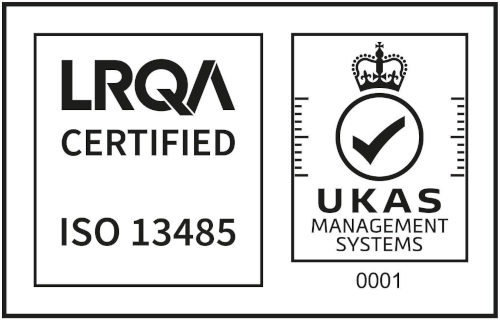The second Leg of Systems Engineer James Hanson’s Chilean roadtrip took him to the Universidad Andrés Bello (UNAB), a private University in Viña del Mar.
The visit was for the installation of a multi-prep suite of Sercon instruments in the Isotope Analysis Lab to support their work in Geology, Biology, Glaciology and Climatology. The setup included a HT-EA, IsoEArth, Teledyne 213 Laser and IsoScell, Cryoprep and a HS2022 Analyser.
Once the installation was complete, James also trained the team on the operations of the systems including the laser, which has an abundance of settings that the user can change to get the best sampling results.
One of the research projects will see the teeth of the Chilesaurus* being analysed for their Carbon data, this will be primarily used to make a prediction about the Dinosaur’s diet which isn’t a simple answer as you will read below.
Other plans for the equipment include mapping data from stalagmites and stalactites. These formations hold a climatological timeline, as stalagmites are created from millions of water droplets over millions of years, with changing conditions carrying an isotopic signature associated with them. The calcium carbonate from these formations can be analysed on the laser and related to climate data.
The laser is an Ablation sampler, which delivers CO2 from the ablated sample to the HS2022 analyser, via our CryoPrep system. The sampling applications are virtually limitless in the organic material world, the laser is capable of ablating an extremely large variety of sample materials down to an extremely small sample size (4um).
*Chilesaurus was a fairly small dinosaur, two to three metres in length, and subject of a great deal of pride in Chile for its unique characteristics. It was a biped that walked on its hind legs, with a long tail to balance the rest of its body.
It had grasping hinds, which makes it look like a meat-eating creature, but its jaws and teeth were those of a plant-eater, adapted for slicing through foliage.
Chilesaurus, which was discovered in southern Chile, was first described in 2015. It lived during the Late Jurassic period, about 150 million years ago, and has an odd collection of physical characteristics, which made it difficult to classify. For example, its head resembles that of a carnivore, but it has flat teeth for grinding up plant matter. A bizarre dinosaur which looked like a raptor but was in fact a vegetarian may be the missing link between plant-eating dinosaurs and theropods, the group that includes carnivores such as Tyrannosaurus rex and Velociraptor.




